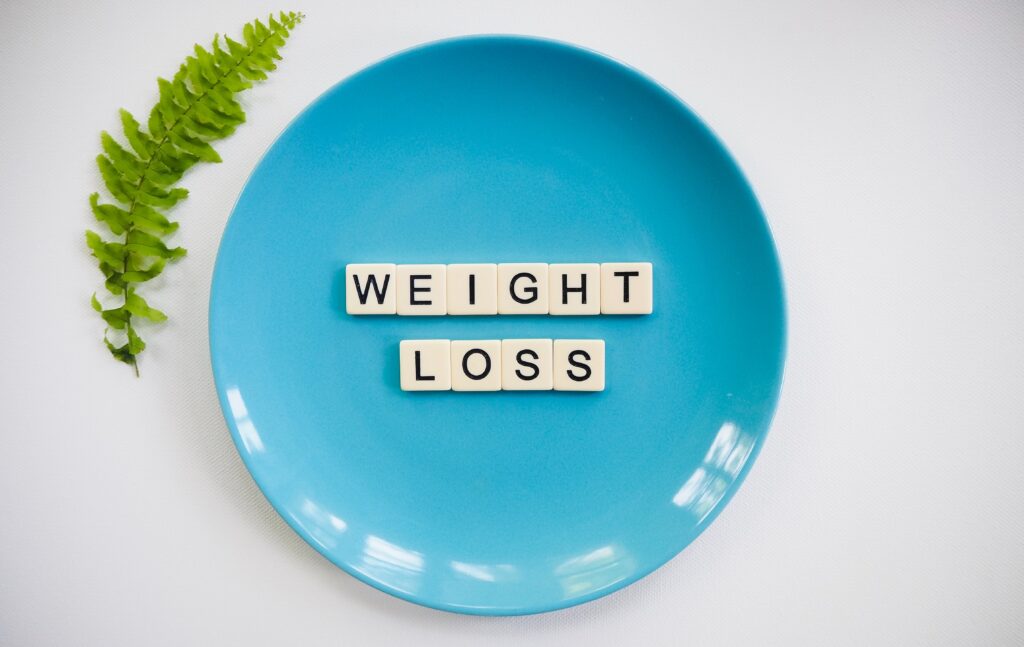
As the name implies, dry fasting is a form of fasting that goes a step beyond the usual protocols of fasting. Unlike water fasting, where only water is consumed, it entails complete abstinence from both food and liquids.
In this article
Dry fasting offers a host of potential benefits, from promoting weight loss to enhancing mental clarity and detoxifying the body. However, as with any health practice, it’s essential to understand what dry fasting entails, its potential risks and benefits, and the safety precautions necessary to embark on this journey. It’s not for everyone, and learning how to do it right can make all the difference.
What is dry fasting? Dry fasting is a unique form of fasting that involves abstaining from both food and liquids for a designated period. Unlike other fasting methods that allow for the consumption of water or certain beverages, dry fasting requires complete restriction of all fluid intake.
What happens during dry fasting?
Dry fasting involves a metabolic shift where the body transitions from using glucose to using stored fat for energy as it depletes its glycogen stores due to the absence of food and fluid intake. This leads to increased fat burning.

Concurrently, the body initiates water conservation measures in the absence of fluid intake. It reduces urine production and minimizes sweat and other fluid losses to maintain hydration levels and prevent excessive water loss.
This fasting method also triggers autophagy, which recycles damaged cell components, supporting cell rejuvenation. It influences hormone levels to promote fat breakdown and muscle preservation and potentially improves insulin sensitivity. Finally, cells adapt by enhancing repair mechanisms, promoting detoxification and cellular rejuvenation.
What are the types of dry fasting?
Dry fasting can be seamlessly incorporated into various fasting methods such as intermittent fasting, alternate-day fasting, eat-stop-eat, or periodic fasting. It can be categorized into two types: soft dry fast and hard dry fast.
- Soft Dry Fasting: Soft dry fasting is a form of dry fasting where the intake of water and other fluids is restricted, but certain activities involving contact with water are allowed. While you cannot consume water, you may still engage in actions that involve coming into contact with water, such as washing your hands or taking a shower.
- Hard Dry Fasting: In contrast to soft dry fasting, this involves a stricter approach where both the consumption of water and any activities involving contact with water are restricted. This means refraining from any form of water intake, including drinking, and avoiding activities like bathing or swimming.
What are the potential benefits of dry fasting?
Dry fasting has garnered attention and intrigue due to its potential significance and applications in various areas of health and well-being. Although it’s important to keep in mind that research on this method is still ongoing and it should be practiced with caution.
- Weight Loss: Due to the severe caloric restriction that occurs during dry fasting, it’s believed to promote weight loss.
- Enhanced Digestive Function: Some studies suggest that it can improve the digestive system, although the precise mechanisms remain under investigation.
- Improved Immune System: The process of fasting might help “reset” the immune system, potentially strengthening its function. This could potentially reduce inflammation, improving overall immunity.
- Cellular Repair and Autophagy: As mentioned, dry fasting is thought to stimulate autophagy, a process by which the body removes and recycles unnecessary or dysfunctional components, facilitating cell repair and growth.
- Skin Health: Though water intake generally promotes healthy skin, it’s thought that dry fasting can also contribute to skin health. This could be connected to the purported effects of fasting on the immune system
What are the potential risks and side effects of dry fasting?
Dry fasting, like other types of fasting, can lead to a variety of side effects and potential health risks.
- Common side effects may include persistent hunger and tiredness.
- Additional side effects could include headaches, nausea, and difficulty sleeping. Other symptoms can involve decreased energy levels, mood changes, and brain fog.
- People who are new to fasting may experience short-term side effects such as dry mouth, increased thirst, hunger pangs, low energy, inability to focus, mood swings, and increased urination (which is then followed by decreased urination since you’re not drinking water until the end of the fast).
- It can be particularly dangerous because it requires you to restrict all liquids as well as food. This can cause dehydration and electrolyte imbalances, which could lead to more severe health complications such as seizures and brain swelling.
How do you prepare for a dry fast?
Before opting for a dry fast, it is important to assess whether it is suitable for you. It is crucial to recognize that a dry fast may not be appropriate for everyone, especially in situations where maintaining proper hydration is essential.
For individuals who are new to fasting, it is advisable to start gradually. Begin by restricting food and water intake for a few hours, such as 4 hours. You may then gradually increase the duration until you feel comfortable with a complete 12-hour fast. Once you have adjusted to this, you can progress to a 16-hour fast, and eventually a 24-hour fast.
The key is to allow your body time to adapt to the fasting period.
When it comes to your meal, it is recommended to focus on consuming healthy fats, protein, and complex carbohydrates before starting a dry fast. Examples of suitable foods include eggs, grass-fed beef, fatty fish, cruciferous vegetables (such as cauliflower and broccoli), avocados, and berries. You can refer to a list of top intermittent fasting foods for your eating window.
It is advisable to avoid highly processed and sugary options, as they can lead to spikes in blood sugar levels. This can potentially cause increased hunger later on.
How long should a dry fast be?
For most individuals, a recommended duration for a dry fast is between 12 to 16 hours daily, with three times a week extending the fast to 16 to 18 hours. This approach allows for potential benefits to take place while keeping the fasting period relatively shorter.
A dry fast lasting for one day can result in similar effects on water weight elimination and toxin cleansing as a three-day water fast. However, it is important to note that the intensity and potential risks of a one-day dry fast can be higher than longer water fasts. So proper preparation and care are necessary.
Frequently asked questions (FAQ)
Got more questions about dry fasting? Check out some commonly asked questions about this topic below.
What are the potential benefits of dry fasting?
A dry fast offers numerous benefits such as enhanced fat burning, increased autophagy, improved mental clarity, and potential anti-aging effects. It can also promote detoxification and reset the body’s metabolic processes.
Are there any risks associated with dry fasting?
Dry fasting poses risks and should be approached with caution. It can lead to dehydration, electrolyte imbalances, low blood pressure, and increased strain on the kidneys. Individuals with certain medical conditions or on specific medications should avoid it.
How does a dry fast differ from other types of fasting?
A dry fast differs from other methods primarily because it involves abstaining from both food and liquids. This restriction intensifies the metabolic and cellular responses in the body. In contrast, other types of fasting, such as water fasting, allow for the consumption of fluids or specific foods during the fasting period.
Final Word
As we wrap up our exploration of dry fasting, we hope you’ve gained valuable insights into this unique fasting practice. Whether you’re intrigued by the potential benefits, or seeking a new way to boost your overall health, dry fasting may offer a path worth exploring.
If you found this article informative and thought-provoking, we encourage you to share it with others. And don’t forget to explore our full blog, where you’ll find more valuable tips, insights, and resources on health and wellness.
